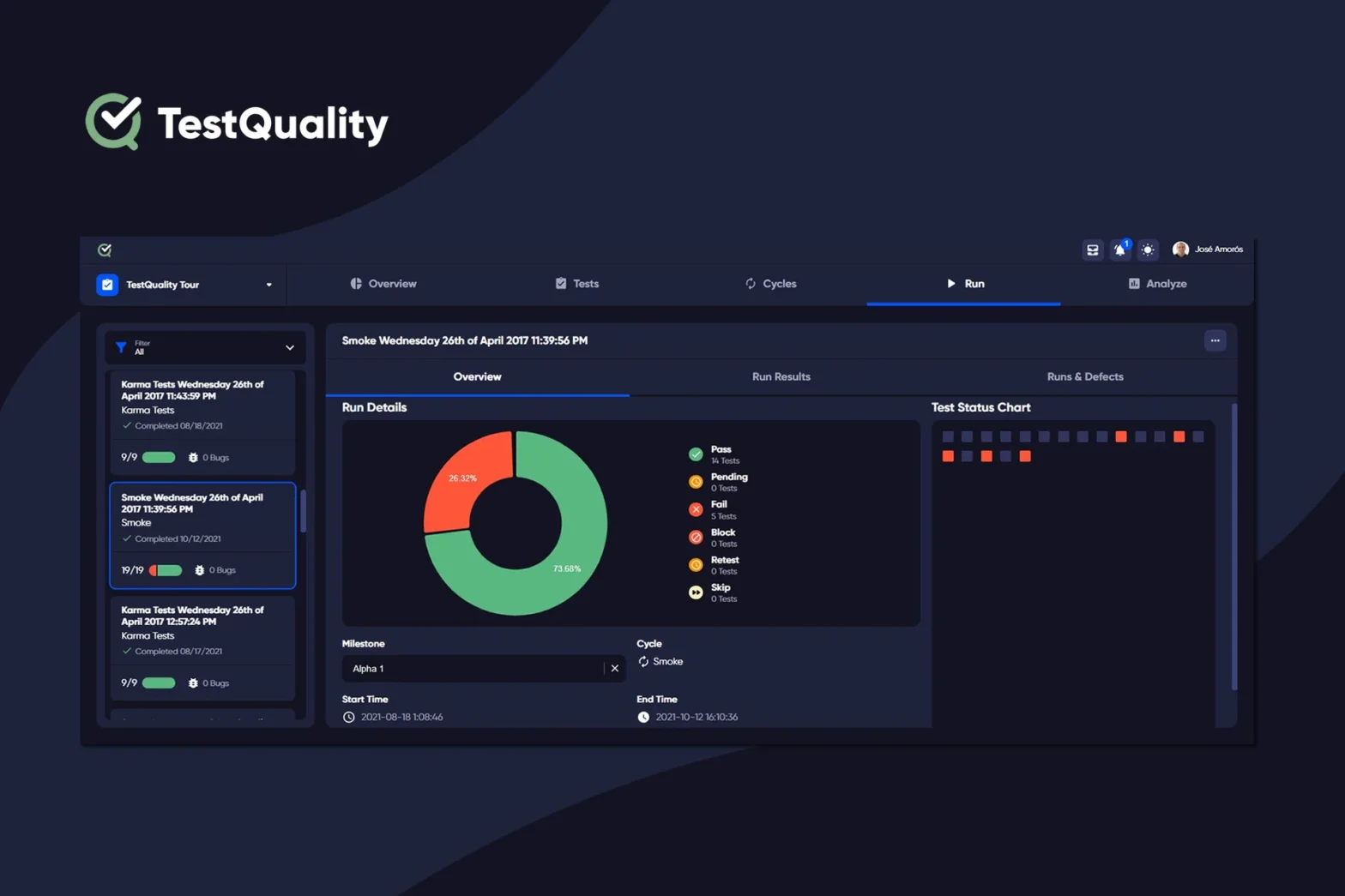Quality Assurance (QA) is a typical process for ensuring that the end product of any Software Development Lifecycle (SDLC) corresponds to the overall and scope-agreed-upon objectives. Historically, quality assurance (QA) testing has been introduced rather late in the software development cycle. In a Waterfall process, for example, the software is created and then sent along… Continue reading What is Quality Assurance in Software Testing?
Category: Software Testing
What is Test Automation?
Test Automation is a software testing approach that uses automation technologies to control test execution rather than a human tester. The actual test findings are then compared to projected or expected outcomes. Automated testing improves productivity and reduces time-to-market for your initiatives. Testing Automation is also known as automated testing or automated quality assurance testing. When done correctly, it eliminates… Continue reading What is Test Automation?
Rollbar vs Sentry vs Bugsnag. What are the differences?
After the application is up and running, we need to check error tracking when any errors or problems are raised. This has resulted in the proliferation of various error monitoring tools.Investigating the similarities and differences between these error-tracking applications will provide the answers to these questions and more: What is the meaning of an error tracking tool?… Continue reading Rollbar vs Sentry vs Bugsnag. What are the differences?
Why Manual Tests Are Error-Prone (And What to Do About It)
Like it or not, you don’t have time for manual testing. In today’s fast-moving mobile market, slow and error-prone manual tests can cost a company hundreds of thousands of dollars. There’s simply a greater chance of mistakes with manual testing because of human error.Humans make errors. Manual testing is prone to errors and produces erroneous test results.… Continue reading Why Manual Tests Are Error-Prone (And What to Do About It)
What is Ad-hoc Testing?
What is Ad Hoc Testing? Ad Hoc Testing is defined as random testing without a strategy. It is also known as Monkey Testing or Random Testing. This sort of testing does not conform to any documentation or strategy for carrying out this activity. The testing processes and situations are solely determined by the tester, and errors are… Continue reading What is Ad-hoc Testing?
Why is Test Documentation Necessary in Software Testing?
Why Is Test Documentation Necessary in Software Testing? In software testing, test documentation provides a detailed reference point for what should be tested, how testing should be done, and by whom. Test documentation enables developers or other team members to learn the specifics of testing conducted on a system or product, allowing them to make… Continue reading Why is Test Documentation Necessary in Software Testing?
The 7 Fundamental Principles of Software Testing
The principles of software testing are the guidelines that assist testing teams in making the best use of their time and effort in order to discover hidden deffects of a testing project. The 7 Fundamental Principles of Software Testing listed below have been investigated from real-world practice and research for testers to use widely in the software… Continue reading The 7 Fundamental Principles of Software Testing
A Close Look at Selenium Pros and Cons
A Close Look at Selenium Pros and Cons Selenium is the automated testing framework of choice for many organizations that work in the web app development space. There’s a reason for that: selenium is a powerful and useful tool, and there are many positive things to say about it. Every rose, unfortunately, has a thorn, and Selenium is… Continue reading A Close Look at Selenium Pros and Cons
Top 8 Test Management Tool Advantages and Best Practices
Test management tools involves test organization and planning, test estimation, monitoring and control but also, problem management, test reporting and implementation. As a result of this, Test management is considered as a complete procedure. However, it does have its own set of issues, such as lack of testing time, lack of necessary resources, lack of collocated… Continue reading Top 8 Test Management Tool Advantages and Best Practices
Strategy for Test Automation – User Guidelines
Companies are increasingly implementing Test Automation to address problems and shorten product time to market. However, in order for test automation efforts to be effective and have a good return on investment due to implementing testing, the team should collaborate to develop a Test Automation Strategy. There are important advantages of implementing Automation Testing for an effetive product release.… Continue reading Strategy for Test Automation – User Guidelines






